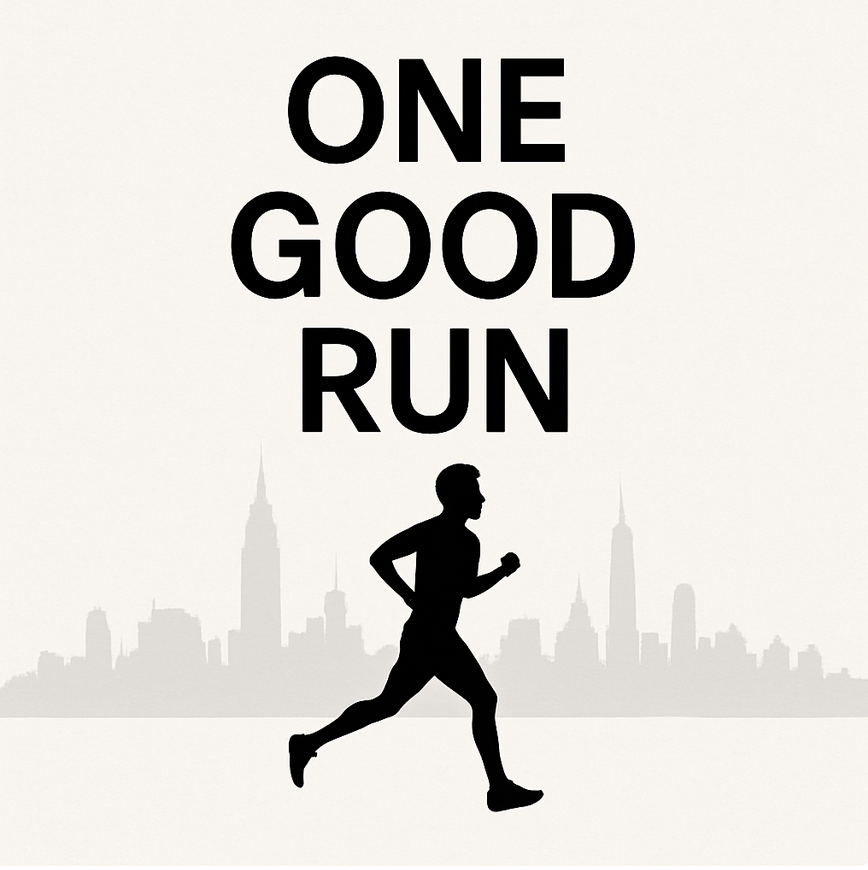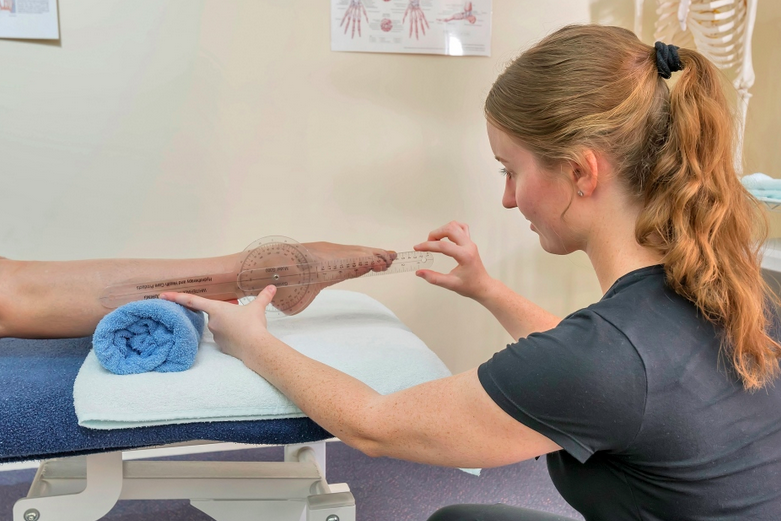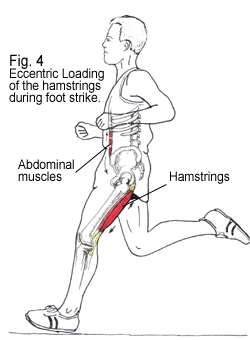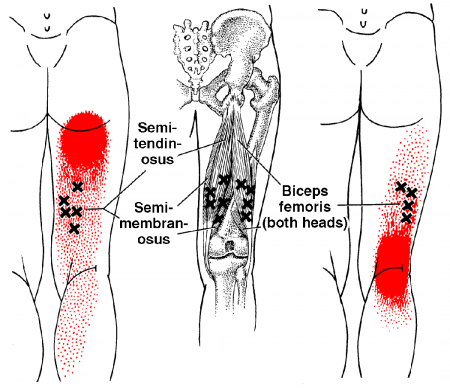Thursday 2nd November 2017
Up at 3:30am to get on a 6am Qantas flight from Adelaide to Sydney. Thank-you Mum for dropping me at the airport! Flew Adelaide - Sydney - LA - JFK. Sat next to a guy from Sydney who was also running the NYC marathon. It seemed like half the plane was traveling over for the marathon (technically there were 1006 Aussies running).
On the plane, had the chance re-read the George Sheehan classic, 'Running and Being'. Written by a cardiologist, runner and writer his approach to writing and running always inspires.
Landed into JFK and collected my bags. Waiting along side Hawthorn great (now Brisbane Lion) Luke Hodge who was also there to run the marathon. (He did a very decent time of 3:21 by the way).
Friday 3rd November
Had dinner with friends Luke and Marie last night. It was a nice feeling being back in NYC and seeing some familiar faces.
Headed to the expo at the Javits Centre. Was super impressed by the organisation and speed of number pick-up considering how many people were going through.
Adelaide to New York...only a 20 hour plane ride away!
Met a lady who was running the marathon for the fifth time. Her secret was to consume a beer at the 32km mark. She thought that was the absolute key to finishing strong - with a good combo of carbohydrates, electrolytes and alcohol to numb the pain. I will have to try that next time.
After the expo, I headed over to my old gym, the New York Health & Racquet club on 56th street. Ran three kilometers on the treadmill. Ran a couple of kilometers on the treadmill and then went for a swim, stretch and massage on the foam roller. Unwinding the residual tightness from the flight.
A quick lunch at Starbucks and then headed over to Central Park to hear Dean Karinazes speak about his ultra-marathons. His main advice for the marathon - take it easy in the first half and come home strong.
Saturday 4th November
Went to the NYRR in the morning to hear the world champion runners speak and about their careers and NYC marathon strategy.
Running Royalty...from left Haile Gebrselassie, Paula Radcliffe, Bill Rodgers, German Silva and Ryan Hall
There were many pearls of wisdom, but Paula Radcliffe's advice particularly stood out:
“Run the first third of the marathon with your head, second third with your legs and the final with your heart”
After listening to the runners, I dropped my bag off at Orthology, located a stone's throw from the finish line at Columbus Circle. Had a quick run in Central Park to stretch the legs out one last time.
Then spent the afternoon with the feet up and watching the running documentary, Breaking 2.
Inspirational watching these guys run and put everything on the line. I won't wreck the ending if you haven't already seen it, but just to say, if you haven't yet seen it, please do.
Cooked up some pasta for dinner and tried to have an early night.
Race Day - Sunday 5th November
Didn't sleep too well, as you'd expect. Woke at 2am and didn't really get back to sleep. Got up at 4:45am and had a quick breakfast of toast and cereal and then walked over to the 72nd St subway station to get the 1 train down to South Ferry.
Got on board the 6:30am ferry to Staten Island and then a bus over to the start line.
Passed the first test - getting over to Staten Island in one piece. Even had time for half a bagel and cup of tea
I was in wave 2 that started at 10:15am, so I had a few minutes to do some final preparation - ensuring my laces were down up properly, taping my knees, doing a few hip openers, applying some sunscreen and preparing my gels and snacks in my flip belt for easy access.
A few deep breaths and then we were called up to the start line.
This is the moment of truth and before every race I always feel a lot of gratitude, just to make it to the starting line. It's a nice chance to reflect on your journey, the many small battles won and the abundant learning experiences training for a marathon provides. And most importantly, very grateful to all of the people that helped me along the way.
The weather was close to perfect - about 14 degrees with heavy cloud cover and a few light showers in the forecast, although I would have liked it a little colder.
I decided to run with the 3:40 pacer and that allowed me to run on top of the Verrazano-Narrows bridge. After the gun went off to signal the start, we hear Frank Sinatra's song New York, New York playing out across the bridge.
My goal during the race was to stick with the 3:40 group as long as possible. Runners, like cyclists, can benefit from a drafting effect. The person running in front of you buffers you from the wind and you save precious energy. There were probably about 20 people in the group.
As I did most of my long training runs on my own, running in a big group is so much easier psychologically. It is almost like being carried through the streets in a big comfy lounge chair. You just have to be careful of potholes and obstacles on the course that come up quickly due to your lack of peripheral vision.
The best thing about running with a pacer is that they know the course inside out and know when to push and when to take it easy.
Mentally that frees you up big time so you can then pay attention to what's going on in your body. The main metric that I tracked on my GPS watch was cadence. I was trying to maintain 175-180 as much as possible.
When I started feeling a bit tired or sluggish, I noticed my cadence had dropped to 165-170 and by increasing by 5-10% it would immediately ease the pressure on my legs.
It's one of the ironic things about running that I'm still trying to get my head around.
Intuitively, you'd think to run faster you need to step out with a bigger stride. But the opposite is true - higher cadence, turning your legs over more quickly with a forwards lean actually makes you go faster, (with better efficiency).
Running with the pacing group was also beneficial because you didn't have to constantly check times and pace so you could enjoy the spectacle that is the NYC marathon!
For me, the NYC race is all about the people.
The way New Yorkers get behind the marathon is second to none. They 100% have your back on race day. If you are showing even the slightest bit of struggle they will go out of their way to yell your name and put a fire in your belly. The day after the marathon, again many people go out of their way to congratulate you on finishing.
Anyway, back to the race.
The first mile is up and down the Verrazano-Narrows bridge and after that, it's a pretty flat run through Brooklyn and up through Queens.
Things went well early on and I was enjoying the feeling of running and seeing the miles tick by quite quickly and reasonably enjoyably.
At the first 5km checkpoint, I ate a banana and then from there, every 5km a Winners gel (30g of carbohydrate) along with one Allens lolly snake and either a gulp full of water or Gatorade.
At around 12km, I felt the early inklings of some leg cramps, so I downed the salty pickle juice that my nutritionist had recommended. That seemed to help calm the legs over the next 10km.
By the 25km mark I was holding pretty strong as we ran up the Queensborough bridge - the second steepest part of the race. There were lots of people slowing down and feeling the burn...and I was one of them. Managed to lose contact with Paul, the 3:40 pacer.
At the top of the bridge, I was pushing close to my limit and was around 300m behind the pacer.
On the downhill I picked up the pace and latched back onto him as we were greeted with a massively cheering crowd on 1st avenue in Manhattan.
From there, it was a long, straight stretch up to the Bronx. This was a hard part of the race where the reality of running a marathon really kicks in. The race really goes up a notch as the intensity from the crowd ramps up. Trying to keep up with Paul the pacer was tough as I think he picked up the pace a bit too. Thankfully he did the difficult job of weaving around people and making a path and I was close on his heels.
Over the Willis Ave bridge (that connects Manhattan to the Bronx), at about 31km, my legs had enough and I could feel a full blown cramp not too far off. It was mainly in the back of legs in the hamstrings, but the quads weren't too far off either. My legs were pretty cooked after chasing the pacer down the bridge and the glycogen stores were running low. I slowed right down to a walk for about a minute and then once over the bridge and started shuffling again. Thank-fully the walk freshened up the legs and I started feeling better.
In 2015 I also suffered from cramps and so this time, I carried some salt packets, with me. The sodium helps replace the loss from your sweat. I went through the packets pretty quickly and thankfully, the first aid stations were also handing them out and I found these really gave me a few more kilometres of cramp-free running.
Made it through the Bronx and then back over into Harlem and finally made it up 5th Avenue which is long slow uphill. Getting over that and then a few nice downhills in Central Park, although I was slowing right down by then and doing a walk / run combo.
Finally, over to Colombus Circle and up to 67th street Central Park, crossing the finish line in a time of 3:46:50.
Really happy, relieved and actually quite shocked by the time...easily beating my goal of under four hours!
Just after crossing the finish line...
Slow walk up Central Park West
After party at Orthology with Sophia and Jun
Monday 6th November
Walked over to the morning at the Marathon Pavillion, getting my medal engraved and some more foam rolling and stretching out. Then over back over to the NYRR to watch a replay of the marathon. Didn't feel too bad, all things considered. As the day progressed, the delayed onset muscles soreness crept in, in particular the quads...damn subway stairs!
Stretching out in a sea of foam rollers and therabands the day after the marathon. Thanks to the Physios at the Hospital For Special Surgery
My Biggest Struggle
I don't think anyone is every 100% fit before a marathon.
There are always niggles and you try and manage the best way you can.
For me, my left knee was the major concern.
An old football injury nearly 20 years ago resulted in a torn medial meniscus and degeneration. I had an MRI done a few months before the marathon and it didn't look great.
I must admit that deflated me a bit.
Obviously I was wary of any aggravating the pain and potentially causing more damage to the knee. But I also found that the more running I did, the better the knee felt.
What really helped was making a list with two categories - modifiable and non-modifiable contributing factors to knee pain:
Non-modifiable Risk Factors
Structural pathology - damage already down to the mensicus
Genetics
Age
Modifiable Risk Factors
Load management
Running technique
Recovery strategies
Food / diet
Strength / Flexibility
Weight
Movement habits
Accepting that my knee was not 100% and never will be allowed me to focus on ensuring the rest of the foundation was as optimal as possible.
Reflecting back over the past few months, I came up with a few other things that I think helped me achieve my marathon goal:
Philosophy
Capacity vs Demand
Build capacity in a developmental sequence, allowing plenty of time at each stage for adaptation to occur. Running is a high load activity e.g. running 10km is 10,000 steps at 3 x body weight. All that force has to go somewhere.
Recovery
Nutrition advice from Steph Gaskell at Nutrition Strategies in particular ensuring intake of 20g protein x 3-4 spread throughout the day, rather than all at dinner time.
Daily foam roller + tennis ball release (great techniques learnt thanks to Yoga with Jem)
Restorative Yoga with Evelyn at Yogita
Pilates x 1 week
Regular ice baths
Got A Running Coach
Thanks to Sam Hicks who really helped me with strength training and building a road map towards my goal. He had me do some quality runs in the last few weeks before the marathon that really helped prime my body for race day.
More Running, Less Hills
Previously I did too much Mt Lofty. Running up there x 2 week was good for the cardio-vascular fitness at the expense of my hip flexors getting really tight. This time I trained hills x 1 per week but they were short sharp repeats that allowed more time for the longer runs.
Flip belt
This was a life saver - carrying my gels, lollies etc in a comfortable position around my waist. I would recommend you try this in all of your long runs as it took a little bit of getting used to.
Music During The Marathon
In 2015 I wanted to experience the full vibe of NYC and didn't wear head phones.
This time I took my phone and at around the half way point (as soon as I was starting to struggle) put on the NYC playlist.
I found this was a REALLY good way to re-focus.
Even though the crowd is amazing, it's sometimes nice to get back in your own space for a few minutes.
You can check and out my cheesy motivational Playlist here
In Summary
NYC marathon was an incredibly fun and inspiring experience - it's definitely a 'bucket list' thing to do. I can say the process and learning journey building up to the marathon was just as satisfying as the race itself.
If you ever get the opportunity to run the NYC marathon, I'd highly recommend you take it!

























































